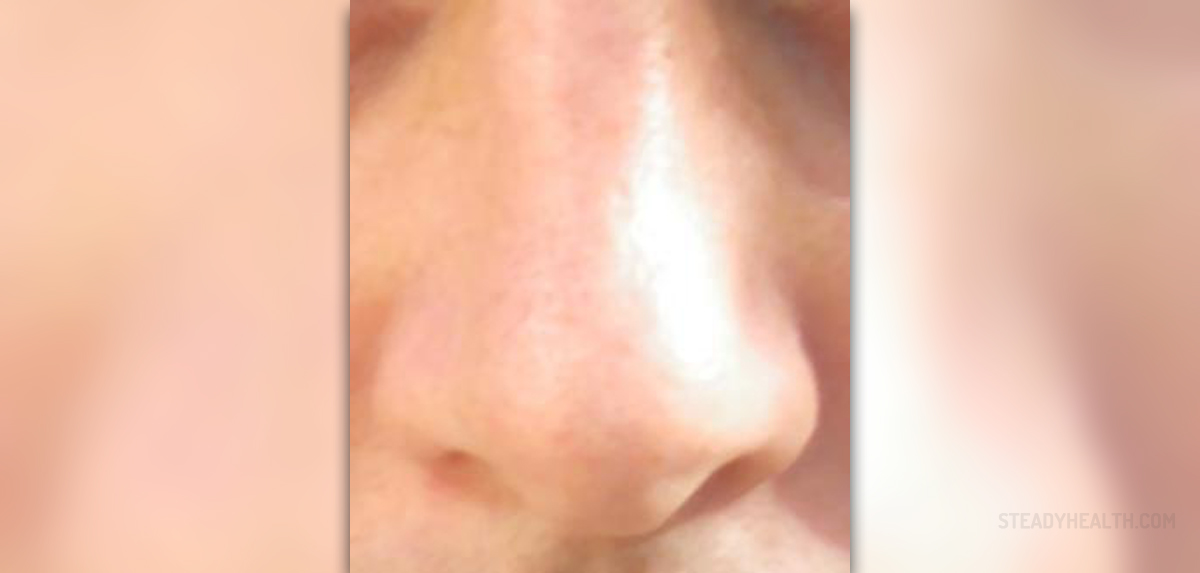
Nasal septum is the area of the nose that acts as a separator between the nostrils and the two airways. Center of the nose is where this area is located. Blood vessels, bone, mucus and soft cartilage are contents of the nasal septum. Due to this separation, the mucus surface area is increased, sense of smell is increased, and it divides the nasal cavity. For some reason, this septum may become deviated. It is usually caused by a trauma in the past, recent or even several years ago. In some cases, no cause of the deviation has even found.
Symptoms
No treatment is required if the deviation is asymptomatic, which happens very often. But, severe cases cause great discomfort and problems such as improper drainage due to the blocked sinus openings, loss of blood via nose and breathing problems. Sinus infection can occur as well, due to the inability to drain catarrh and other similar substances from the sinuses. Sense of smell will be impaired by the sinus infection. You will also have to breathe through the mouth, since you will not be able to breathe through the nose. Mouth dryness, sore throat, snoring, and bad breath will occur because of this. The feeling of pressure in the ears is also a possibility.
Treatment
Visit the doctor if you have noticed any problem with the nasal cavity and deviated septum. The doctor will perform examination of the nasal cavity and the deviation. As we have mentioned, the treatment is not needed for mild cases of deviated septum. Nasal congestion and sinusitis will have to be treated with decongestants and antibiotics. Surgery is the option for those with serious deviated nasal septum. There are two types of this surgery and they are septoplasty and submucus resection.. If you decide for submucus resection surgery, you will get a general anesthesia under which the nose lining will be peeled back from the septum and the deviation region will be freed from bone and cartilage. The correct position will be set and after few days the hospital can be left. The second type, called septoplasty, involves less of septum removal. Then the central position will be set by repositioning and straightening. Splints may also be used for correct placing. They will place the septum in the right position, so remember not to blow your nose too hard during the first few weeks. There are few thighs that can be done in order to avoid this discomforting condition. Exercise, eat healthy, always fasten your seatbelts, and use safety equipment while practicing sports, like cycling and others.


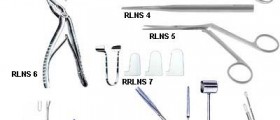







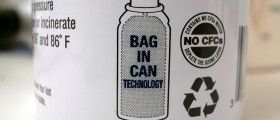
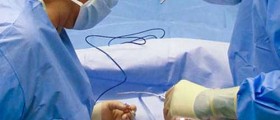
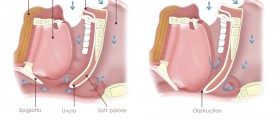

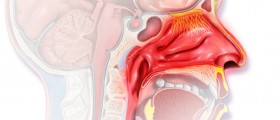


Your thoughts on this
Loading...